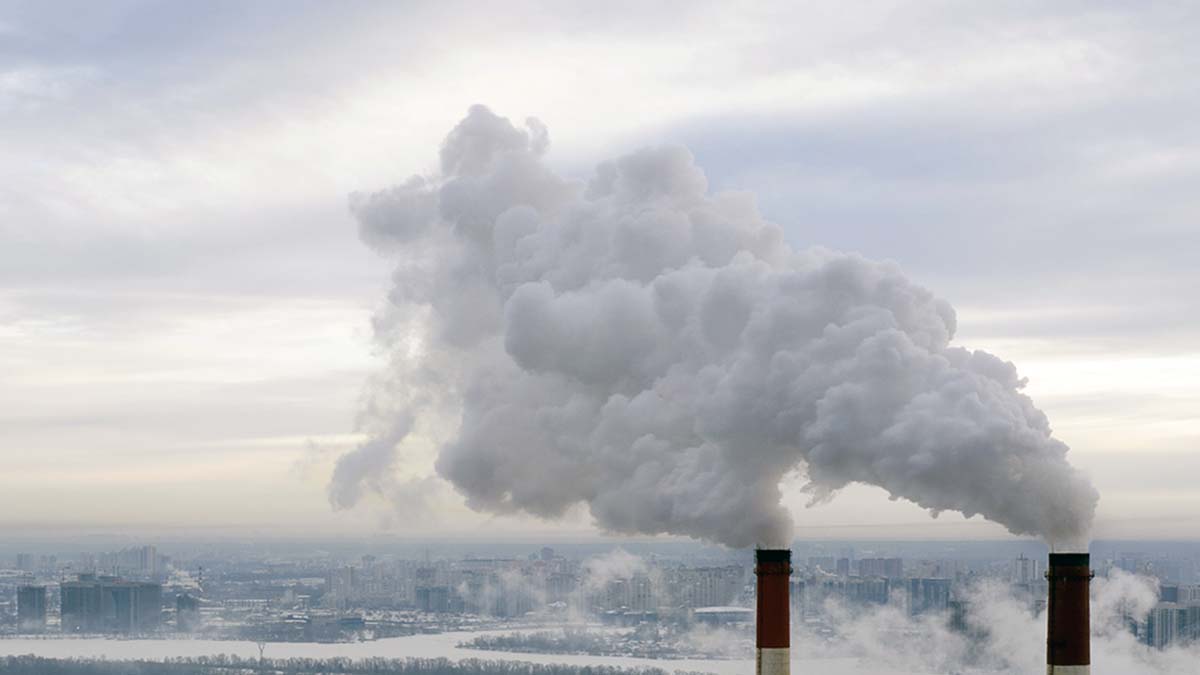The spectral dependence of aerosol light absorption was studied in various emission sources

In a recent study led by the Finnish Meteorological Institute, the variation of the spectral dependence of light absorption by aerosols emitted from various emission sources was studied. The studied emission sources included marine ship engine, city buses, coal-fired power plant, masonry heater, pellet boiler and sauna stoves. A parameter describing the spectral dependence of aerosol light absorption, absorption Ångström exponent (AAE), was empirically determined for each of the studied emission source. In addition, the uncertainty related to AAE measurements was estimated.
The variation of the AAE was notable between and within the different emission sources studied. For example, in the marine ship engine exhaust emissions, the greatest spectral dependence was observed when heavy fuel oils with high sulfur content were used as fuel. In the wood combustion emissions, it was observed that the burn cycle phase affects the measured spectral dependence of aerosol light absorption. In general, the spectral dependence of aerosol light absorption is affected by multiple different factors, for example particle size, particle coating, and chemical composition. Thus it is not surprising that different fuels and burn processes possess variable AAE values.
The results from this study may be case-specifically used to characterize aerosol and black carbon sources in outdoor ambient air measurements, however, the results should be interpreted with caution. The uncertainty associated with AAE was estimated to be large in some cases, thus it is not meaningful to trust solely on AAE values for source apportionment. In addition, our research was mainly focused on fresh emissions, so the results apply mostly only to fresh emissions. The source apportionment of ambient outdoor aerosol particles can be challenging without comprehensive physico-chemical characterization of the particles.
This work was built on previous research. The data was obtained from several previously published studies, but the data analysis and interpretation of the results was completely redone. The light absorption coefficients used for the calculation of spectral dependence were obtained from aethalometer measurements. The spectral dependence of light absorption by aerosols was investigated mainly based on wavelengths 470 nm and 950 nm.
Researchers from different universities and research institutes participated in this study organized by the Finnish Meteorological Institute.
Additional information:
Researcher Aku Helin, Finnish Meteorological Institute, aku.helin@fmi.fi
Group Leader Hilkka Timonen, Finnish Meteorological Institute, hilkka.timonen@fmi.fi
Helin A., Virkkula, A., Backman, J., Pirjola, L., Sippula, O., Aakko‐Saksa, P., Väätäinen, S., Mylläri, F., Järvinen, A., Bloss, M., Aurela, M., Jakobi, G., Karjalainen, P., Zimmermann, R., Jokiniemi, J., Saarikoski, S., Tissari, J., Rönkkö, T., Niemi, J.V., Timonen, H.: Variation of Absorption Ångström Exponent in Aerosols from Different Emission Sources, Journal of Geophysical Research: Atmospheres, 126, e2020JD034094.
Scientific article can be read here: https://doi.org/10.1029/2020JD034094
